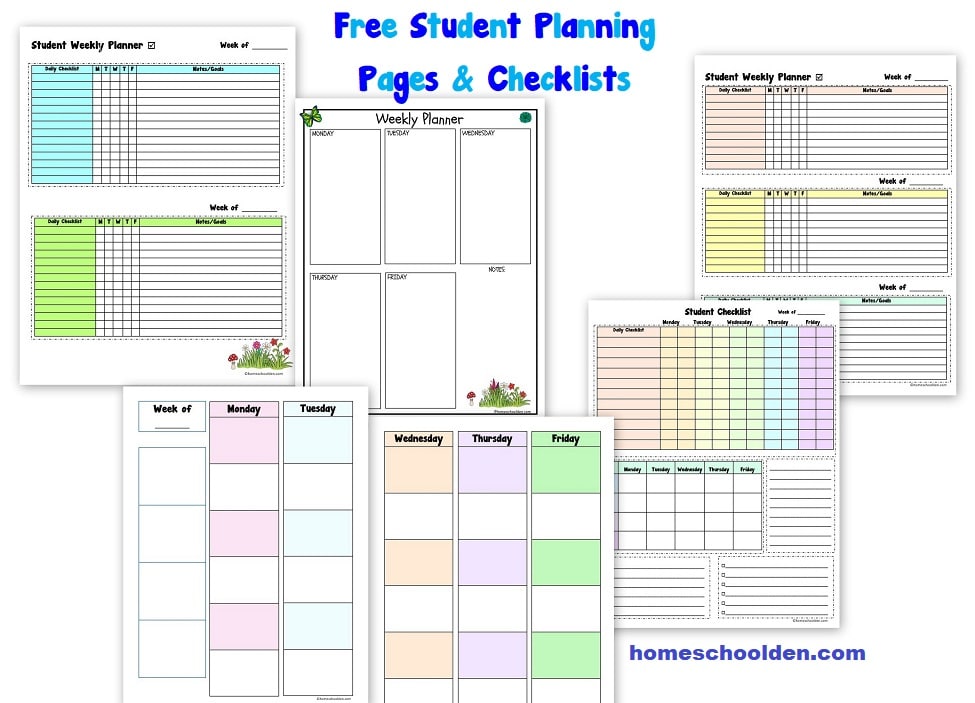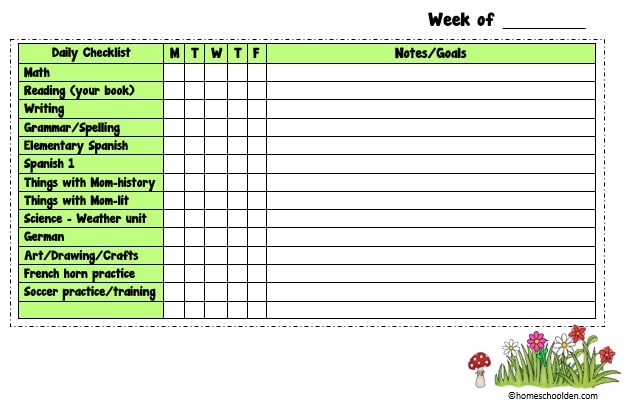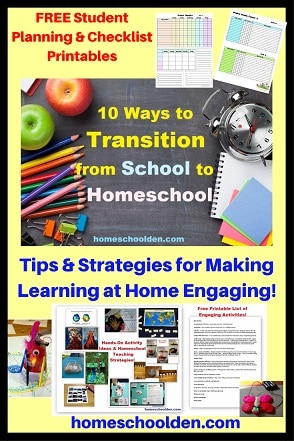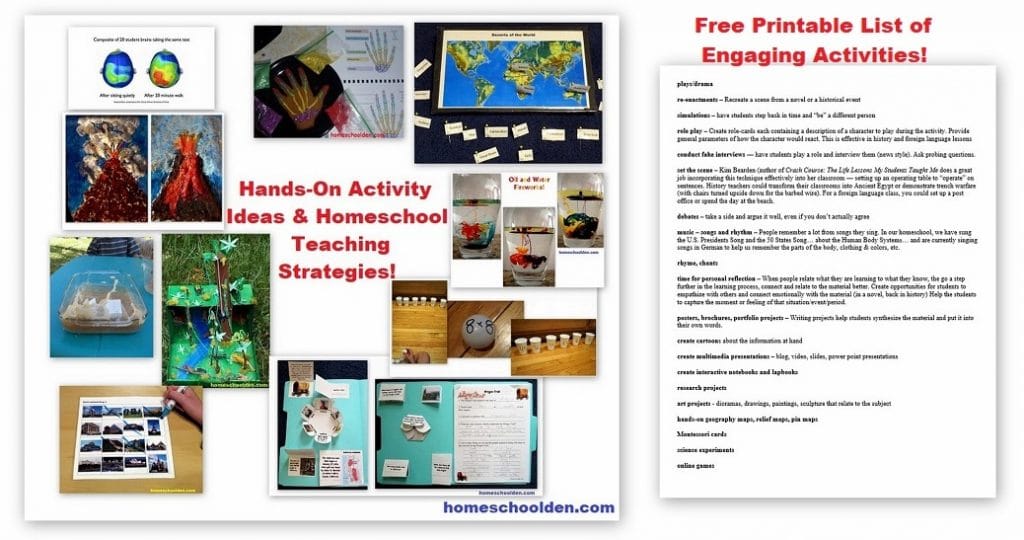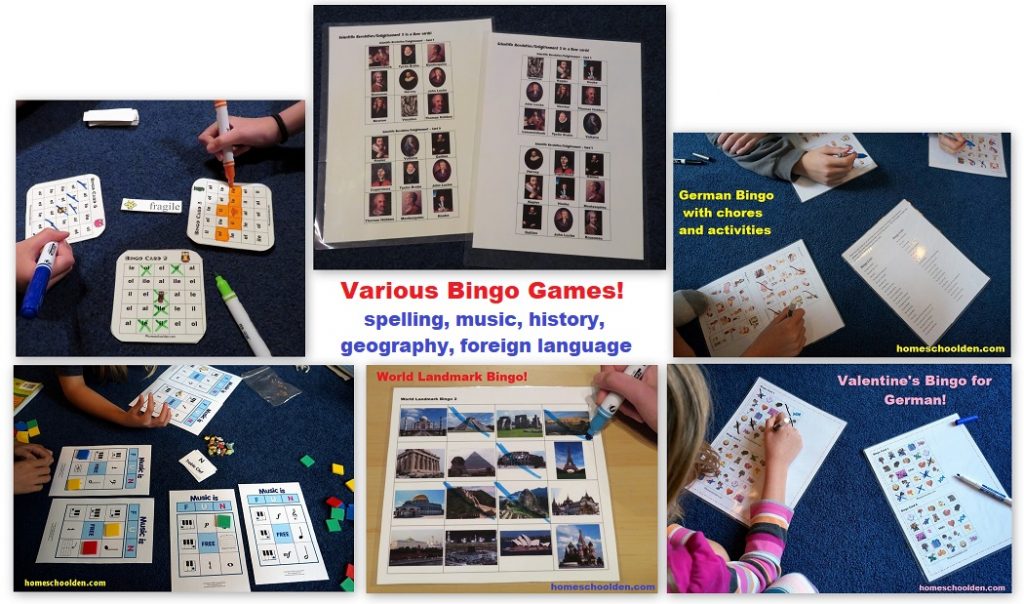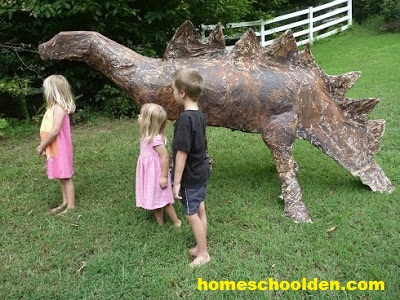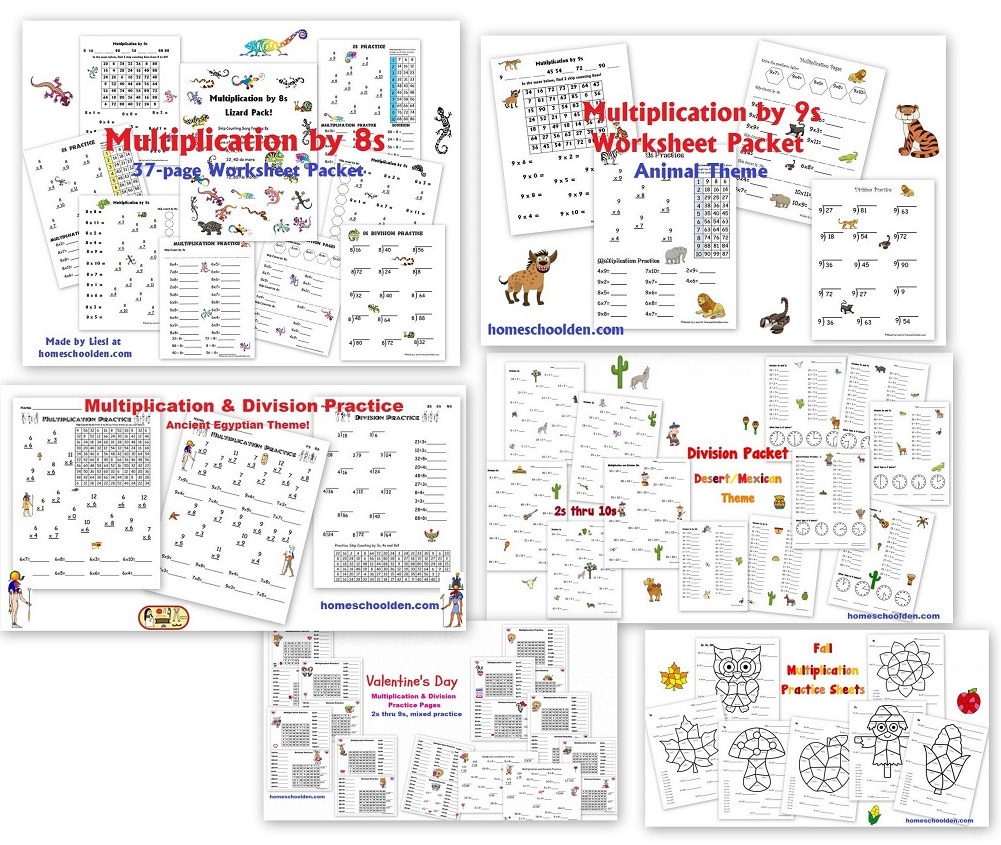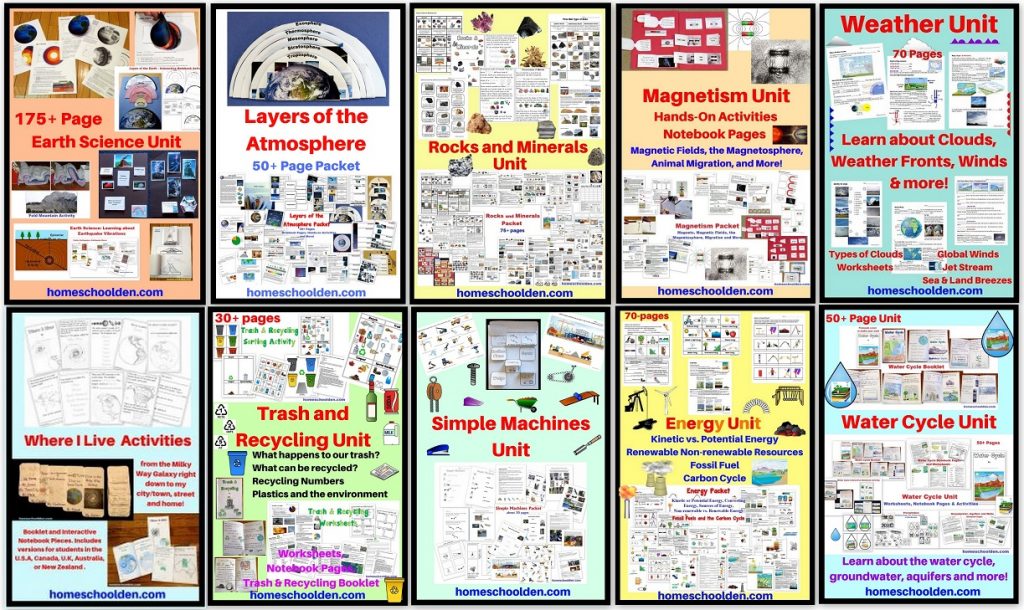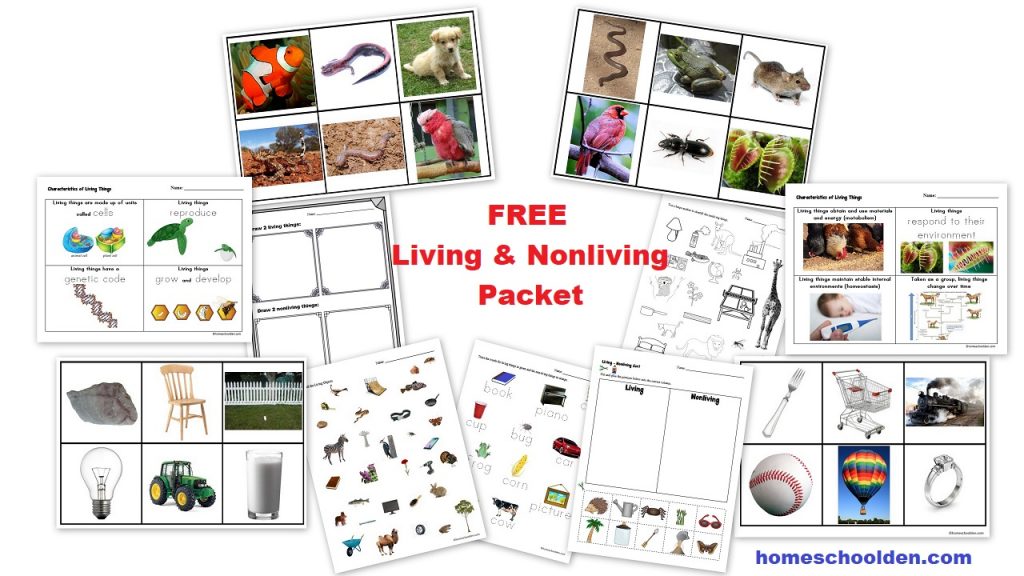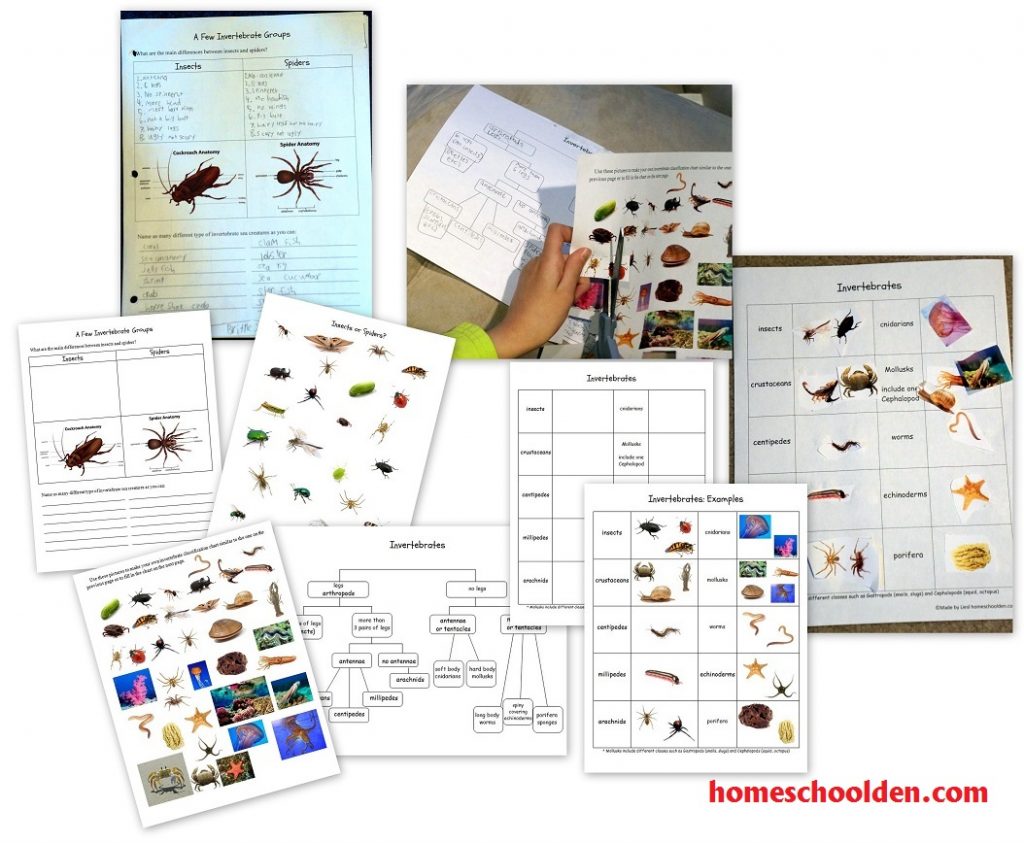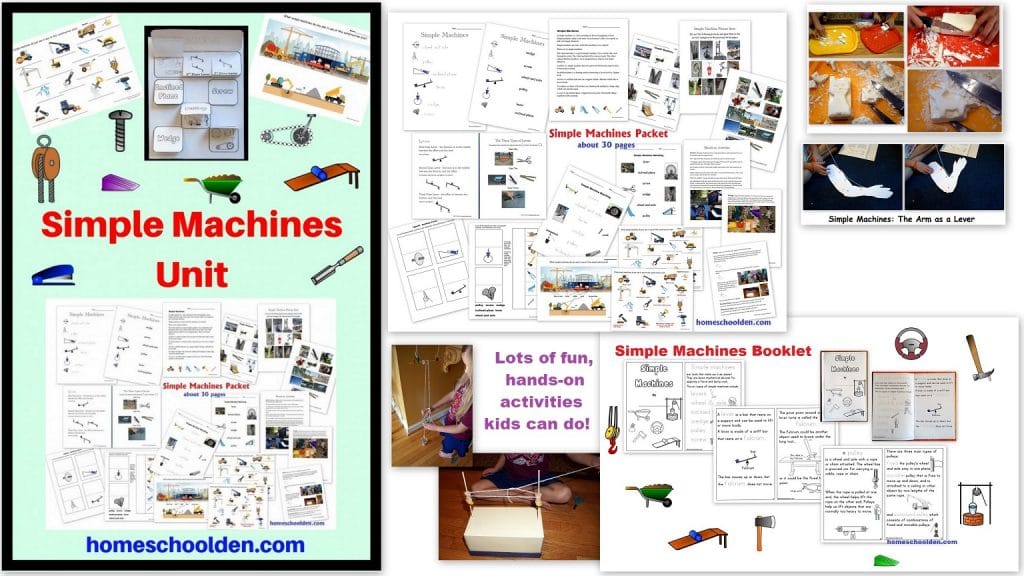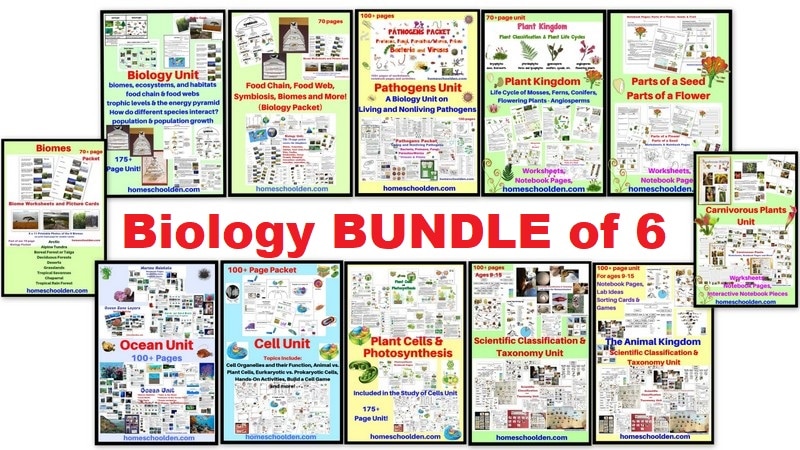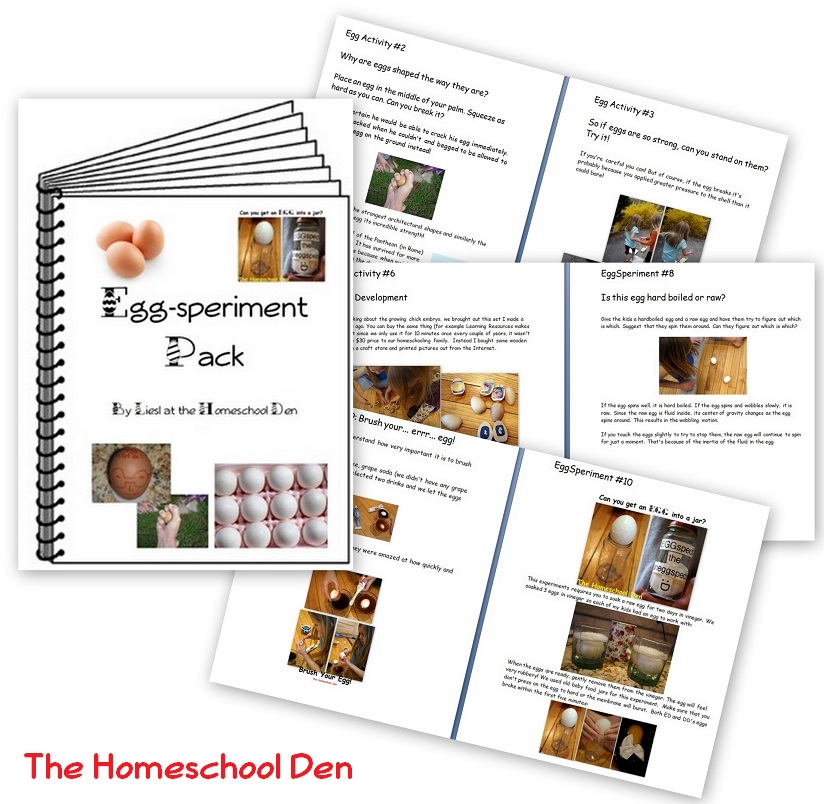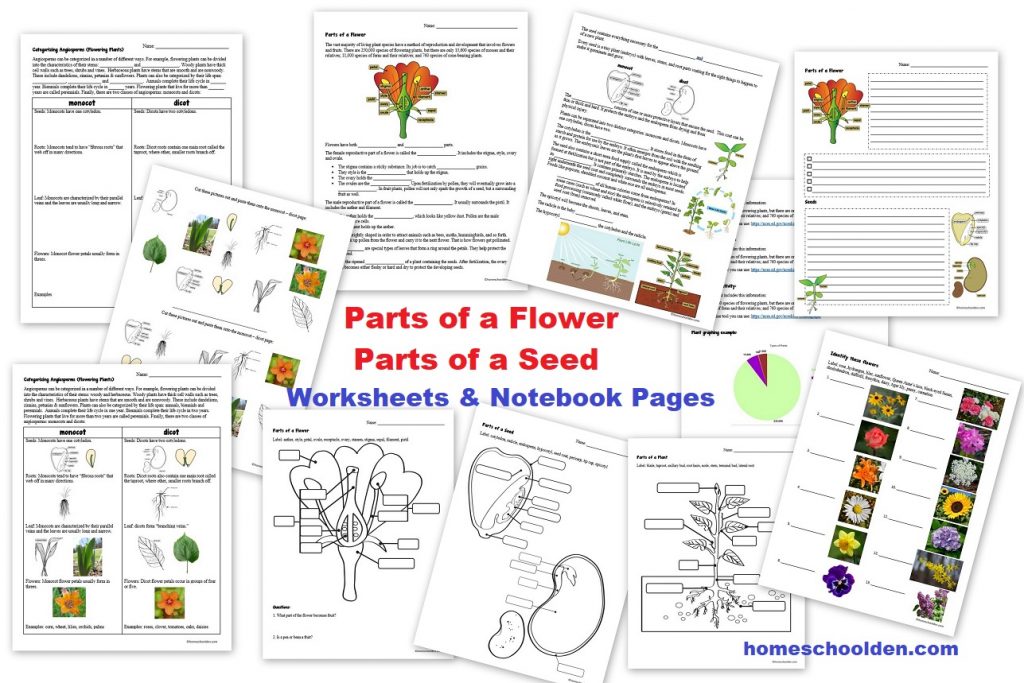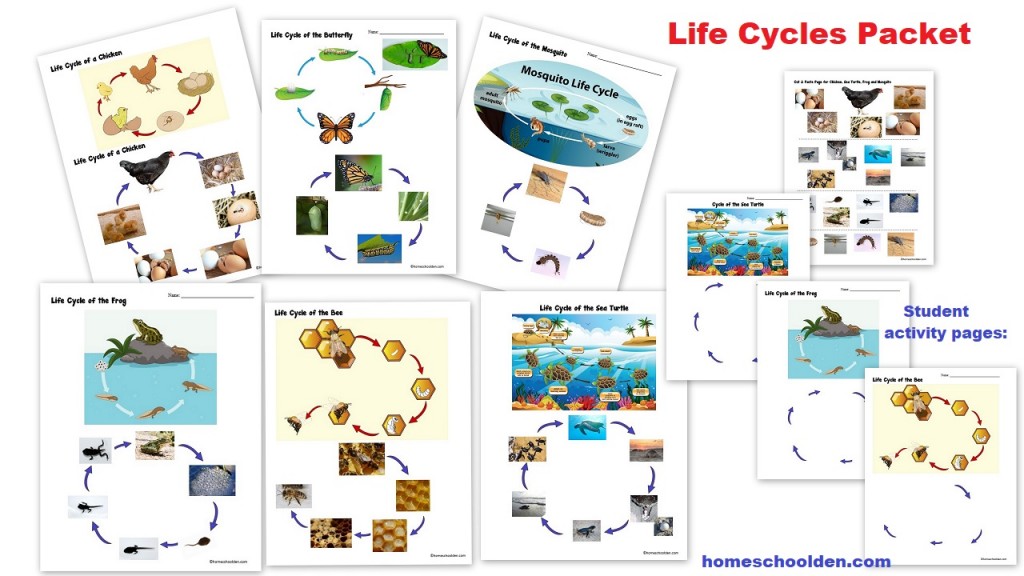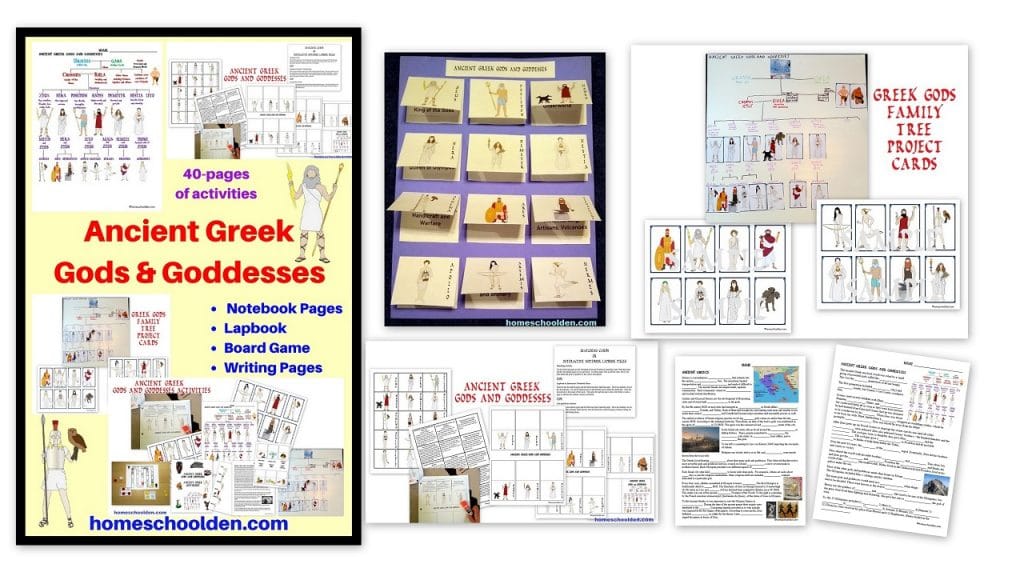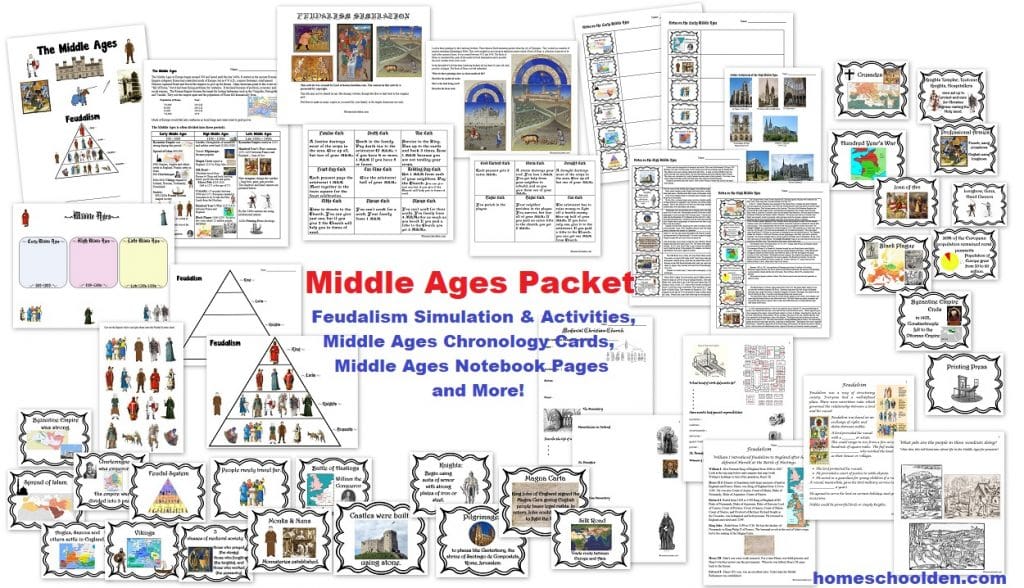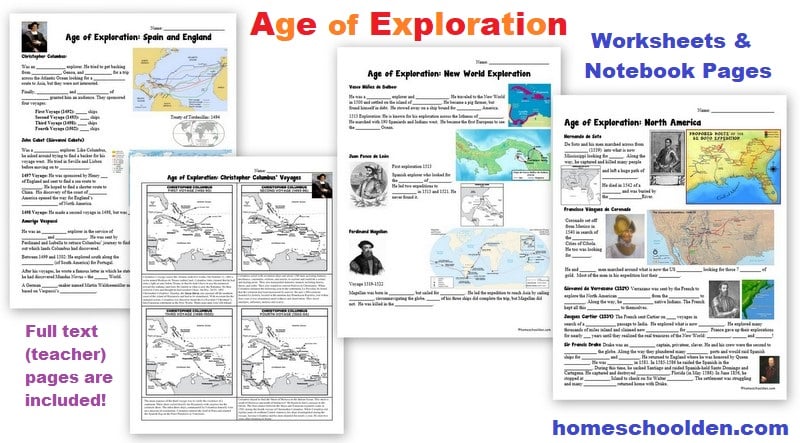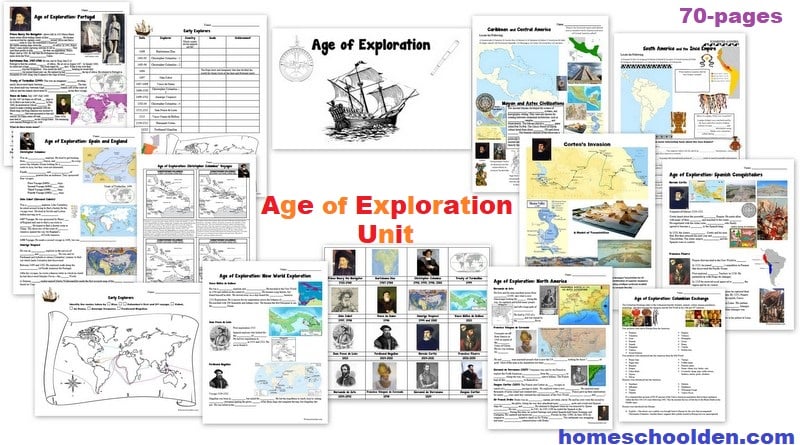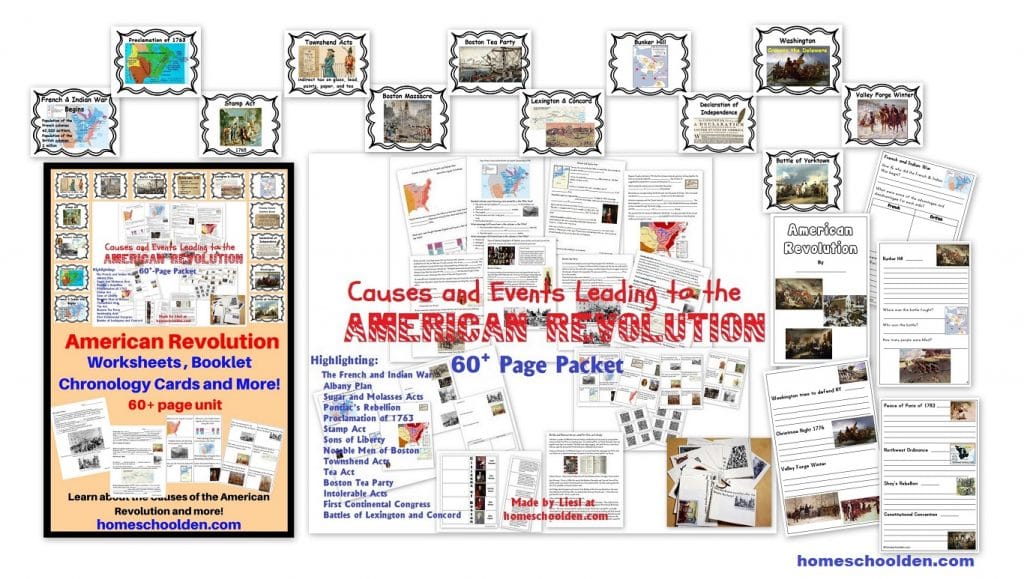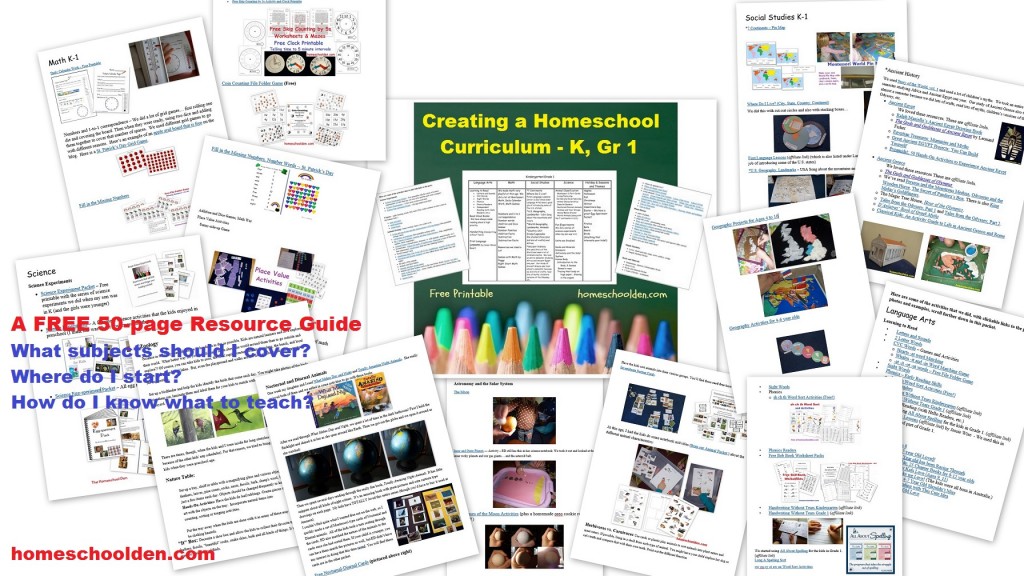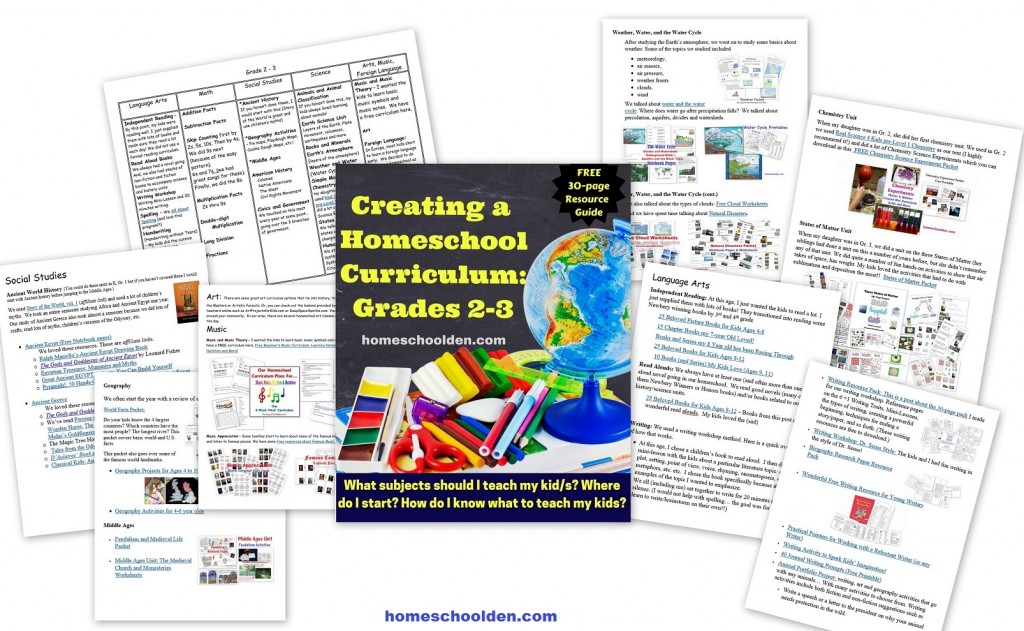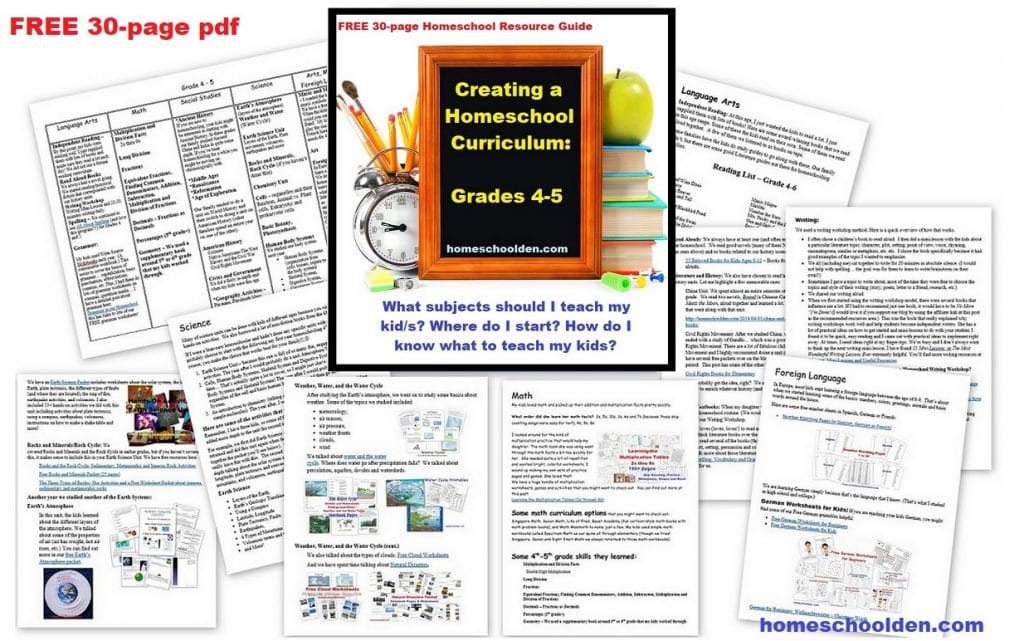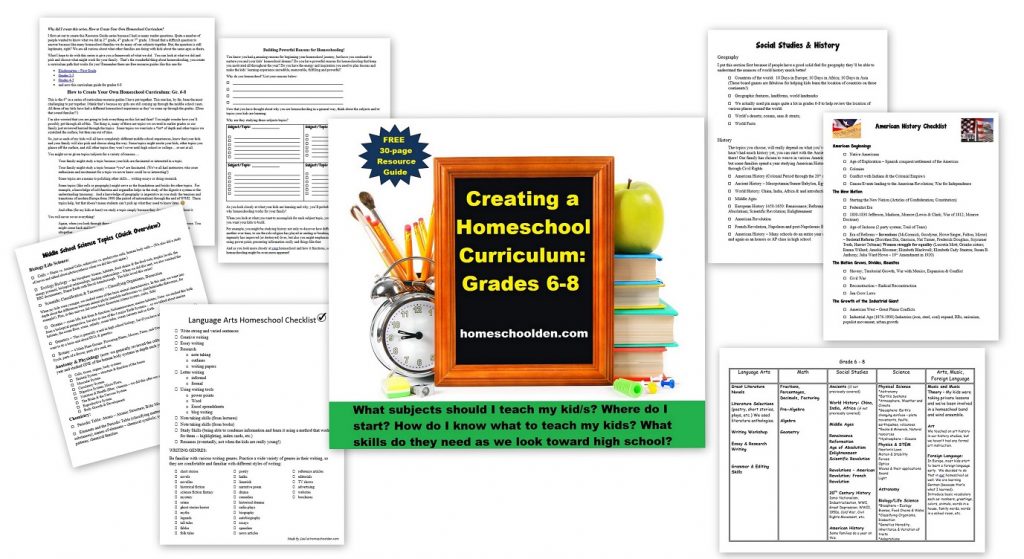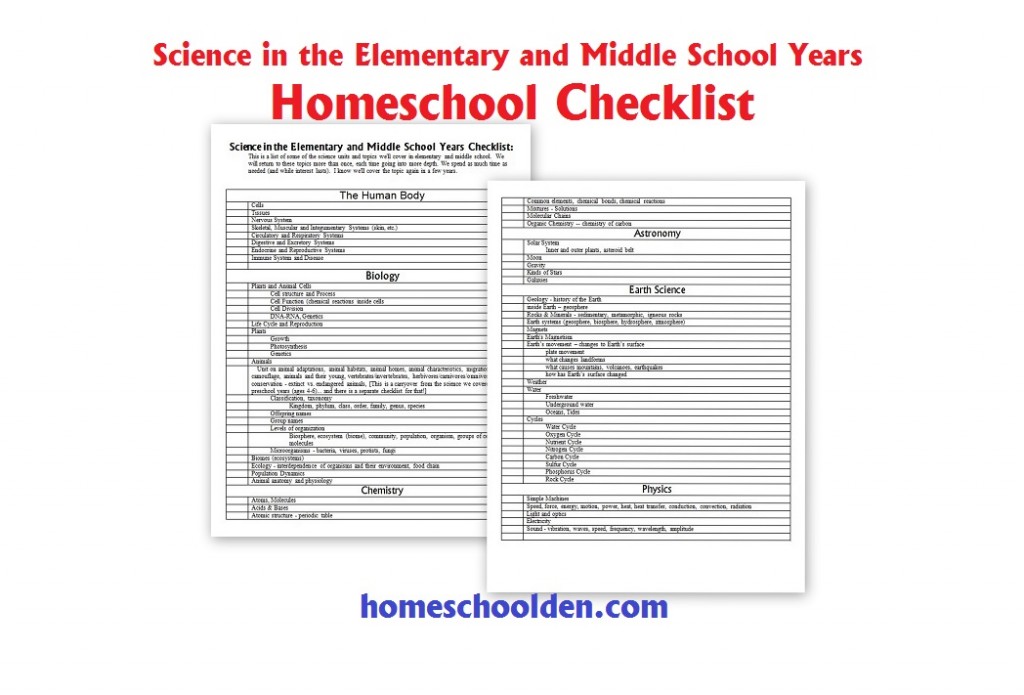10 Ways to Transition from School to Homeschool
Tips and Strategies for Doing School at Home
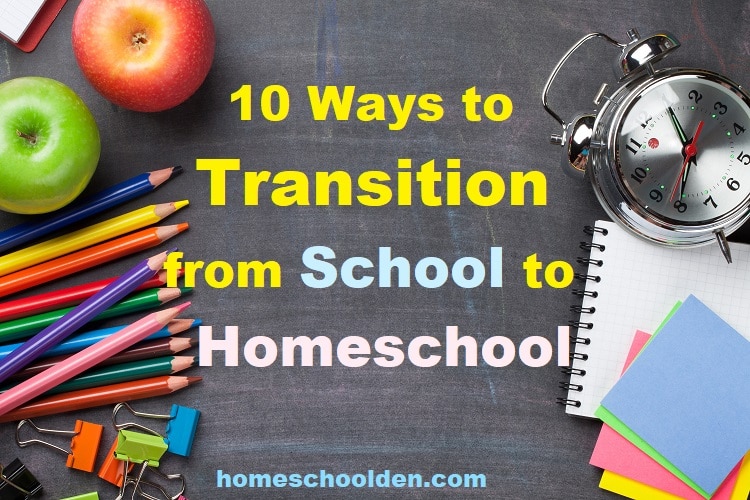 Around the country and around the world, there are widespread school closures because of the coronavirus. Students and parents are facing a huge transition from a daily school routine to life at home.
Around the country and around the world, there are widespread school closures because of the coronavirus. Students and parents are facing a huge transition from a daily school routine to life at home.
How can you help your students transition and even thrive given this huge change? Assuming (and that’s a big assumption here!) that you are able to take time off from work and/or can work from home along-side your kids, here are 10 suggestions for navigating this challenging time:
10 Ways to Transition from School to Homeschool
1. Expectations:
This post was originally written at the beginning of the Pandemic: If you are new to homeschooling and are not jumping into school at home because of COVID-19, remember that YOU have the ability to create your own curriculum & decide on what your kids will study. I have some helpful (free) 30+page homeschool resource guides for Grades K-1, 2-3, 4-5, 6-8 and high school. I also have a free science unit checklist of all the units I hoped to cover with my kids in elementary and middle school. I will link to them below at the very end of this post!! You will have the challenge (and JOY!) of figuring out how you want to work with your kids. Do you want a full curriculum with everything laid out for you (kind of public school at home)? Do you want to find individual curriculums (like a math curriculum, writing curriculum, spelling curriculum)? Do you want to do unit studies? (A unit on Ancient Egypt for history and a unit on Earth Science or vertebrates/invertebrates for science?) This Starting to Homeschool post might be of interest too.
Written in March 2020: Expectations: Your school will probably have a plan in place. Be sure you know what is expected of your student/s. Will they be meeting online? Do they have packets of materials to complete? Do they have the books and resources they need? Do you need to get them library books or other materials? Do they have due dates?
Make sure that they know that their teacher/s are counting on them to be amazing students… even (or especially) now!
2. Accountability:
What do I do? When do I it? How will it all get done?!
Your kids will have to adapt to this new setting. Schooling at home is a big change from the traditional school schedule. In fact, many homeschoolers spend some time “deschooling” ie., getting away from the rigid schedule and expectations of the school environment. No matter how you slice it, doing school at home is different than being in a class with lots of peers.
Make sure you have some open & frank discussions with your kids about the schedule you want to create. You have the flexibility to make this work for your family! This is especially important because you may be juggling work with this new-found responsibility.
Many homeschoolers will tell you that we don’t follow a strict schedule (by time). But many (like our family) have a clear set of things to achieve by the end of the day. We don’t always get everything done, but we have something to aim for.
Things to think about/talk about with your kids
- What subjects will you cover?
- Will you do it in the same order each day?
- Do you want to do all subjects each day or alternate days with certain subjects?
- Do you want to spend more time on some things and less on others?
- Do you want to add any new topics/subjects/skills to your day? (ie. do the kids want to use something like the (free) Dance Mat Typing to learn to type?
You might want to provide them with a daily planner or student checklist. I’ve taken a half dozen pages from our Free 150-page Homeschool Planner that might be of use. These are some pages that have worked well for my kids.
Click on the link or the picture to download the Free Student Planner printable by clicking the link or picture below:
Here’s a quick glimpse of my youngest (12-year-old’s) current checklist. Remember we’re homeschoolers, so her checklist will look different from your child’s (for example, my girls are learning two foreign languages. It’s a long story, but you know, we’re homeschoolers so we can do crazy things like that!)
Once you know what the kids need to do, create a checklist or a visual planner so both your kids AND you know what has to be done! You have a really important role overseeing their educational progress.
Remember to put some fun things on this list too… things that your kids will really look forward to. My daughter, for example, is really happy that Art/Drawing/Crafts and Soccer practice/training is on her list so she can go outside “during the school day” to get some exercise. Other things you could add are things like engineering challenges or science experiments (like this post with fun, simple experiments that introduce younger kids to chemistry):
3. Routine/Boundaries: Set some routines and boundaries right away. As many teachers or camp counselor’s know, it really helps for there to be clear expectations right from the start.
Think about how you want your new school-at-home life to look like:
- Do you want the kids to get up at a specific time?
- Do you want to keep a daily routine?
- Do you want to work with the kids during set hours?
- Do you might want to make a family rule that there is no electronics or TV during school hours (unless it is school related)?
Click here to save this on Pinterest
4. Working Space/s: It is quite different to spend the entire academic day at home. While your kids might have their own desk or a normal spot where they have traditionally done their homework, there’s a good chance you’ll be using more of your home. I have found that we use many areas of our home… not just our designated homeschool room (and the tables there), but also the kitchen counter (where my son is doing his online math class), the dining room table (where we tend to do writing and our foreign language grammar work), a spot in the living room (for online classes)… where we set up 3 chairs and have a laptop propped on the couch arm for their online/live classes. The kids also go to their own rooms to do some work and we gather on the couch to read our lit book and/or discuss history.
You’ll find your own rhythm, but moving to a different space can help your kids transition from one subject to another.
5. Bonding Experiences & Making Learning FUN & Engaging: This obviously isn’t the time to add in field trips, but there is a lot of meaningful learning that happens when a family learns together!
When I was in third grade, our local school district went on strike. We were out of school from early September until after Thanksgiving. What I remember from that time is how our family read aloud Macbeth together (my older Sis was in high school at the time). My Mom broke that play down so that I could understand, even as an 8 year old! I still remember my Mom’s voice as she said, “Double, double, toil and trouble; Fire burn and cauldron bubble.” Now, you might not want to delve into Shakespeare, but reading can be such a great way to share a common experience.
What are some ways to make this time especially memorable?
- Read a novel together. (I’ll add some suggestions/resources/book lists below… for all ages!)
- Do fun, engaging science experiments together. We just did a really, really fun unit on electricity and circuits that my 6th grade daughter especially loved! Have your kids make squishy circuits and an art bot!
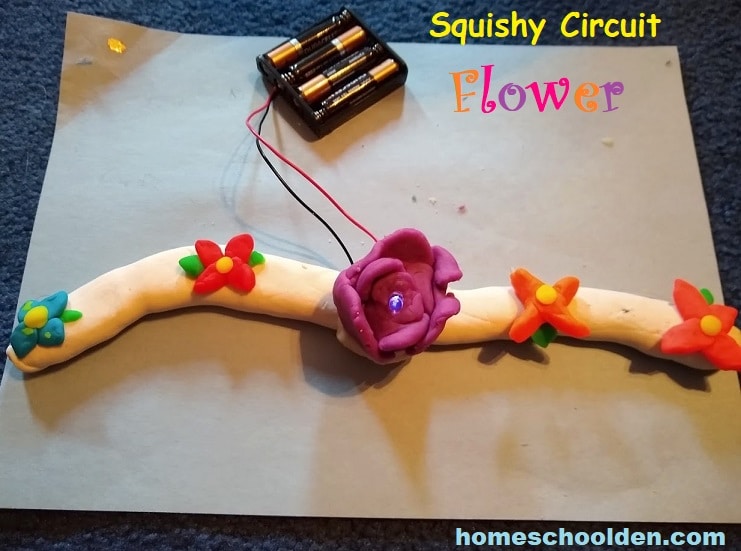
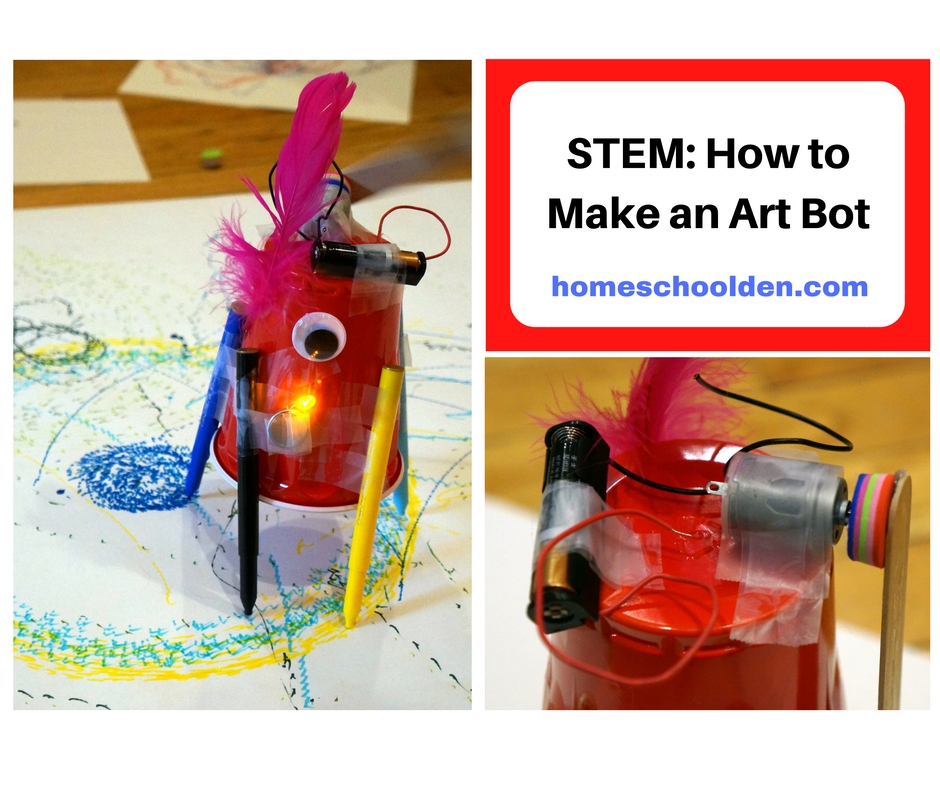 We also have some free materials on Natural Disasters that you could download and do with your kids!
We also have some free materials on Natural Disasters that you could download and do with your kids!

- Do hands-on activities (Be sure to scroll through all the amazing pictures and activities on this hands-on activities page for fun ideas from dioramas, hands-on geography ideas and more!)


FREE Printable List of Engaging Learning Activities
- Play games! We play all kinds of games in our homeschool (related to things we are studying). I love when the kids BEG to play just one more round! Here’s a FREE math game board set I made recently! This can be used with *any* math facts. Currently I just have addition/subtraction facts & number recognition, but later this week I hope to add in a set of cards for multiplication/division.
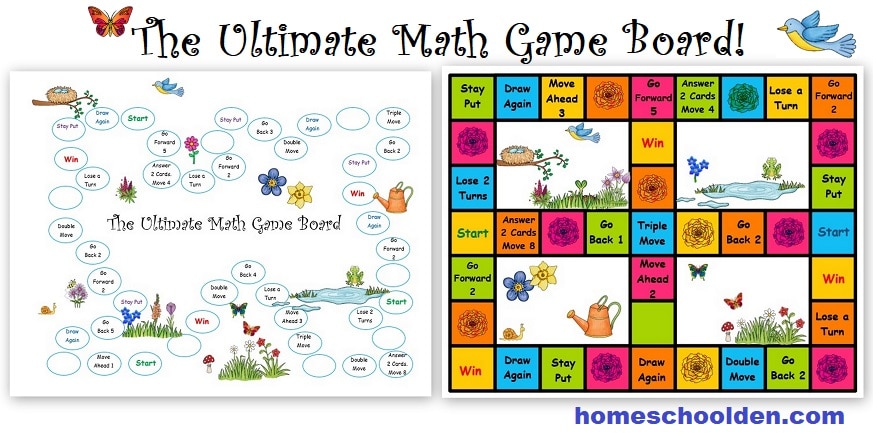
We’ve played games for all kinds of things from spelling to music, German vocabulary or learning about the explorers of the Age of Exploration like DaGama and Magellan!
- Now might be the perfect time to start your kids on a foreign language. My kids started learning German and Spanish in elementary school… we just did it in a fun, interactive way! You can check out German store or our Spanish store for what we have available.
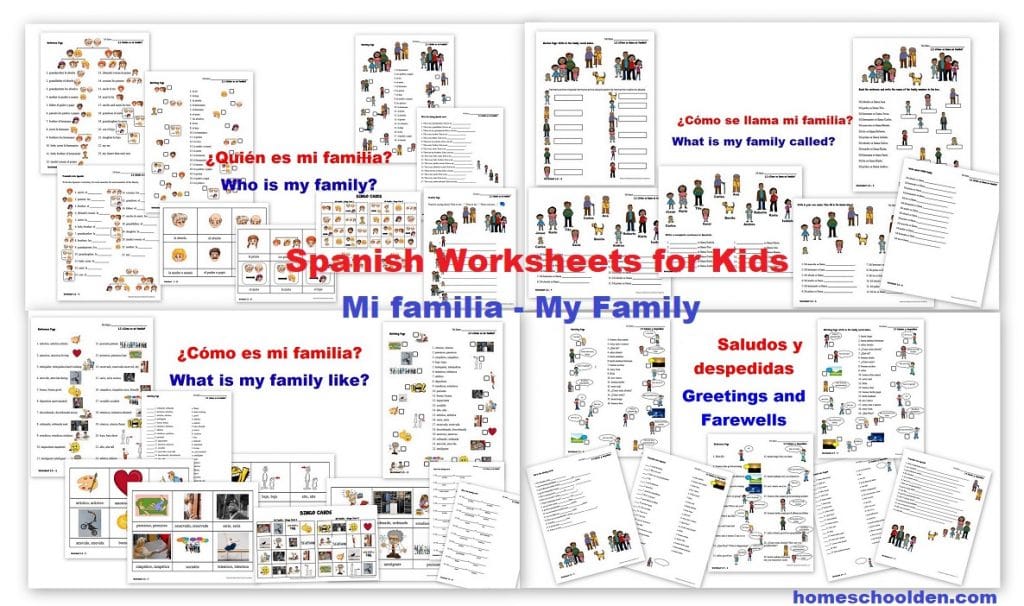

- Add in some critical thinking activities instead of the same old math worksheets! Every now and then, we step away from our regular math curriculum to work on some Critical Thinking Skills like math riddles, analogies and more. These are some of the resources our family really enjoyed (including the free Math Riddle Page I made for the kids)!
- Have the kids do their own research projects (like a power point presentation) on something they are REALLY interested in. Then share their slide show with the family.
- Watch history movies together. Depending on the age of your kids, you can start some amazing discussions by watching age-appropriate films. For example, this post has books & movies about the Civil Rights Movement.
- Watch a classic movie such as Gone with the Wind or Dr. Zhivago or Ben Hur… and here’s a list of 20 classic movies to watch with older kids.
- Dive into a documentary series together. My kids have *loved* the science documentaries put together by David Attenborough – Planet Earth and Blue Planet. We combined that with a study of biology/ecology and a study of the ocean.
- Send the kids outdoors to explore! Spend time writing outside or grab our Free Nature Scavenger Hunt printable and send them on out with a bag to collect neat stuff! (By the way, this pic was from quite some time back!! My daughters are now 12 and 14!!)
6. Work with your Kids: Your kids have been in a school setting. Chances are they are used to doing a lot of work surrounded by people. Don’t expect this new school-at-home setting to work the same as homework time. It may be that your kids are really good at getting all of their homework done independently, but you can’t necessarily count on them to be completely independent with the work they’ve been assigned from school.
Remember back to your school days when you’d say to a teacher (or a friend), “I don’t understand.” Hopefully, you think back to a warm, caring teacher/friend who spent an extra moment or two giving you a couple more pointers and reassuring you that you could do the work. Your kids need that help & reassurance too… even your high schoolers!
Even if some of the work is confusing (for you!), your being with your student and trying to figure things out will give them self-confidence to keep going. Ask good questions like, why are you doing that? Wait, what’s happening here? Good questions often help them to figure out the answers!
7. Use a Timer and/or Alarms: We have found that a timer works wonders in our homeschool! We often set the timer for a given amount of time… to work on writing or math or whatever. Then there is a clear starting AND stopping point. That can really make it easier to focus. We also use the alarms on our cell phone to schedule (and label) weekly lessons. They go automatically and help keep us on track for those weekly classes.
8. Exercise and Movement: It takes some extra effort to make sure the kids are being active. You can incorporate movement and fun into your learning. Here are 4 active math activities for kids to practice their math facts (for addition, subtraction, multiplication, division or even preAlgebra):
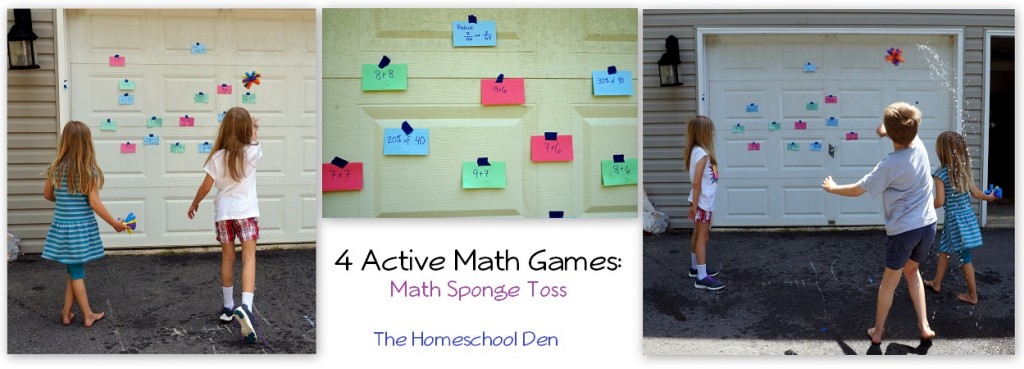
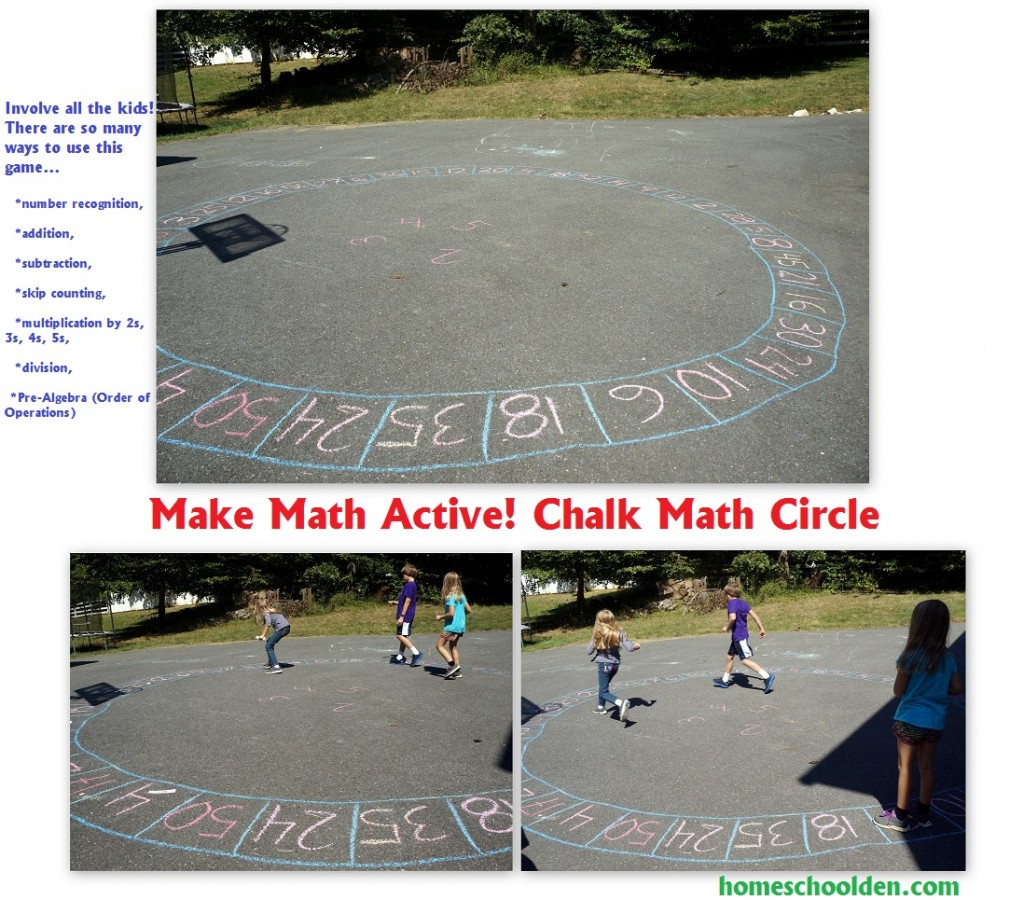 Encourage your kids to spend time outdoors if you can. (Though probably stay away from the local playground for now!) Go to a park and take a hike. Have the kids ride their bikes. Jump on the trampoline. Do some workout videos together… from easy stretching to dance videos.
Encourage your kids to spend time outdoors if you can. (Though probably stay away from the local playground for now!) Go to a park and take a hike. Have the kids ride their bikes. Jump on the trampoline. Do some workout videos together… from easy stretching to dance videos.
9. Friendships: Make sure your kids are able to connect with their friends. It doesn’t necessarily have to be through social media… my daughter enjoys sending and receiving REAL letters in the mail. And even if they can be together in person, they can use video to be with, talk with, and spend time with their friends.
Some kids may thrive at home, but others may really miss their friends. Be sure that you are spending time talking with your kids about their feelings. This is a huge transition for them, especially if you want them to continue to do some time on regular academics rather than seeing this as an extended holiday or snow days from school.
10. Go beyond the basics! This is a really unique opportunity to let your kids explore their own interests! Be sure to let them explore and use this time. Let them take apart an old radio. Have them grab some old boards and create a giant bridge outside. Let them to learn some computer code/programming. Challenge them to make the biggest paper mache project they can think of!! Let them be creative and encourage them to try new things!
Many years ago, the kids and I made this giant dinosaur made of trash we had laying around (packing paper, wire fencing, sticks and more). It was a big hit and we still talk about it!
Good luck!! You can help this time be AMAZING! Have questions or comments? Feel free to reach out to me by email! ~Liesl
Helpful Resources:
Get them reading a compelling book series: My daughter recommends the Harry Potter Series, the Warrior Series and the Percy Jackson series.
Plus some novels she highly recommends include Poppy, The One and Only Ivan and The Miraculous Journey of Edward Tulane. (affiliate links)
 My other daughter has really loved these books this year: The War That Saved My Life and The Inquistor’s Tale
My other daughter has really loved these books this year: The War That Saved My Life and The Inquistor’s Tale
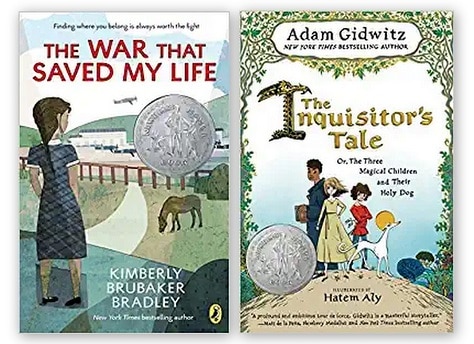 Here are some other posts I’ve written with book recommendations:
Here are some other posts I’ve written with book recommendations:
- 25 Beloved Picture Books for Kids Ages 4-8
- 25 Beloved Books for Kids Ages 8-12
- 15 Chapter Books my 7-year Old Loved!
- Books and Series my 8 Year old has been Racing Through
- History through Literature – Book Lists for Units on China, Middle Ages, American Revolution and More!
- Civil Rights Books for Kids
- Reading List – Grade 7-9
Math Bundles:
Check out the K-2 Math BUNDLE (with 20 pdfs, 300+ pages) with games, activities and worksheets for learning the addition/subtraction facts, place value, time, shapes, time/clocks, calendar work (days of the week, months of the year) and more
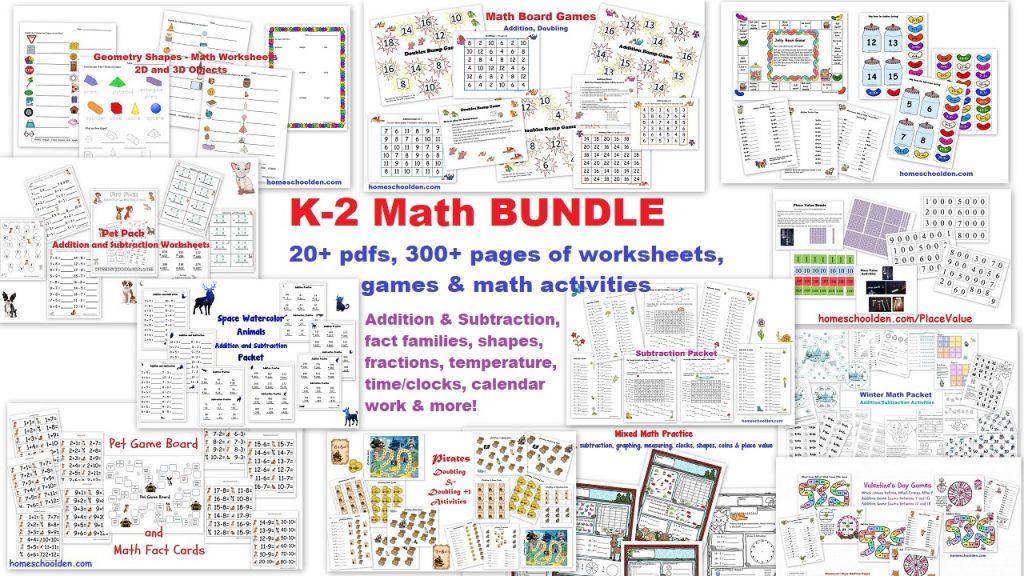
or the
Multiplication/Division BUNDLE to help your kids get their math facts 2s through 10s down cold!!
Younger Kids
Preschool at Home: Learning activities you can do with 2-5 year olds!
Free Alphabet Packet and other materials 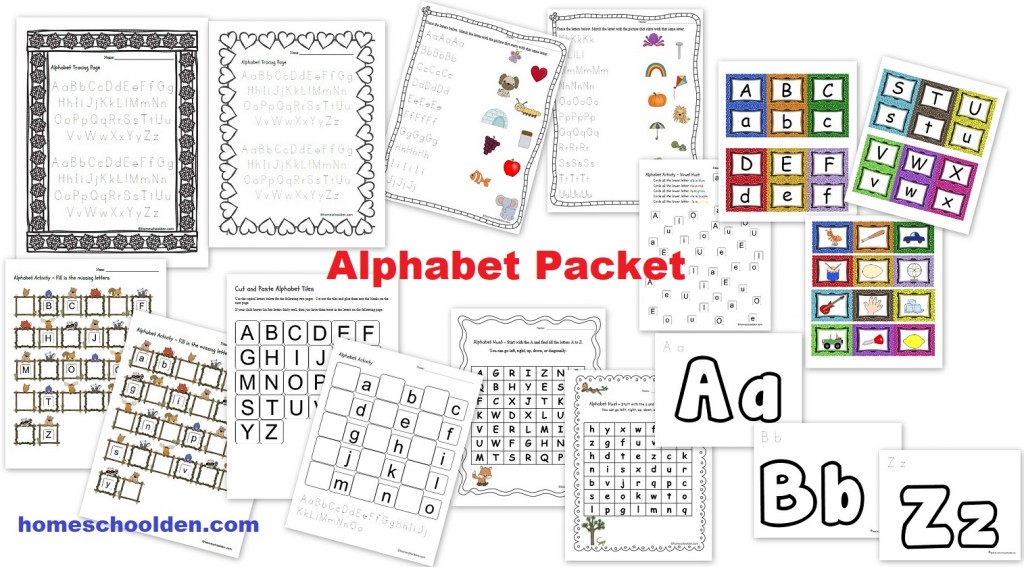
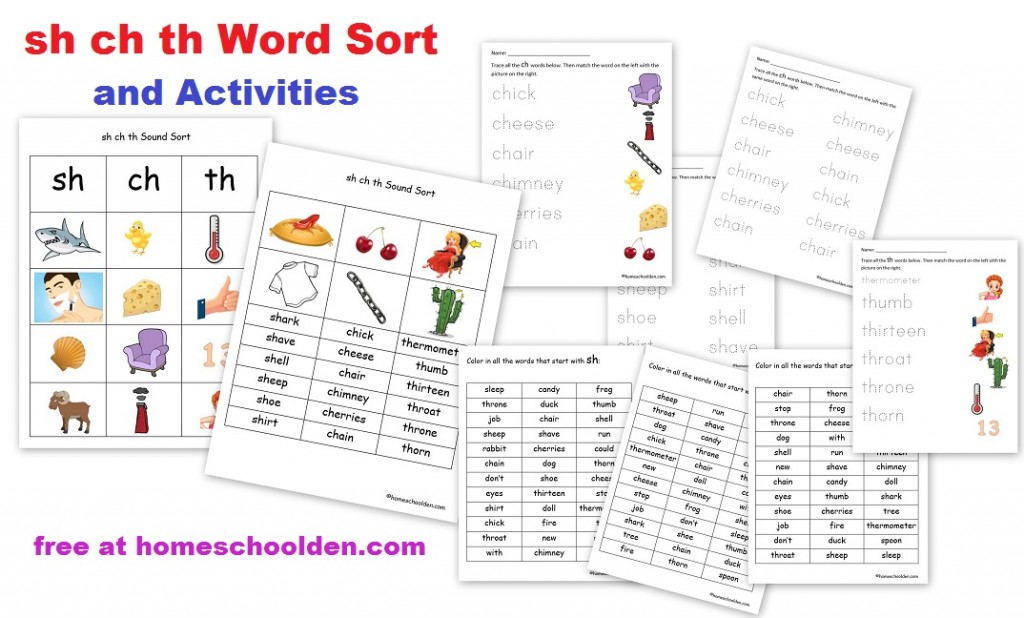
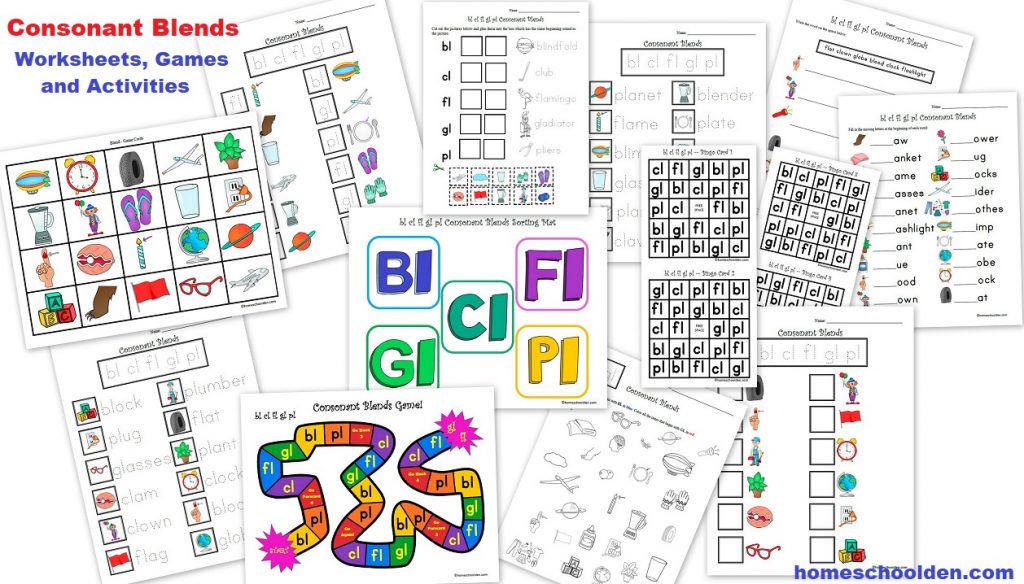 Free Solar System Packet:
Free Solar System Packet:

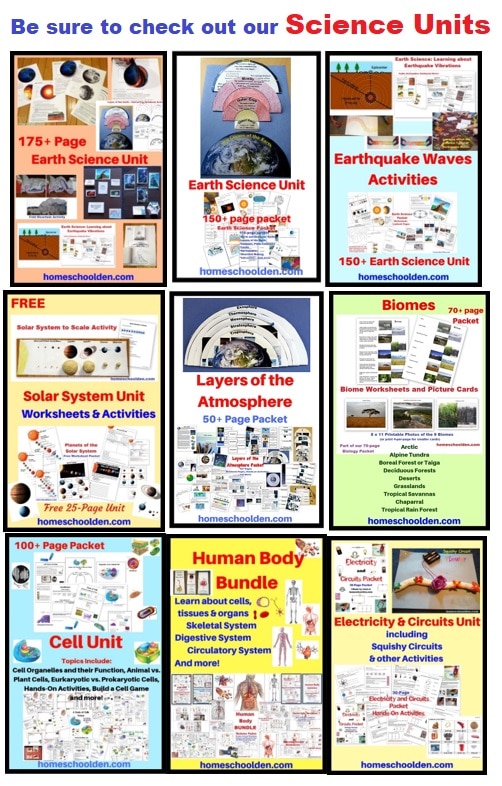 Hands-On Science:
Hands-On Science:
If you want to dive in with some fun, hands-on science units, you might explore what we have available in our store.
My kids *loved* the Earth Science Unit. There are so many fun, hands-on activities you can do with that unit! This unit is suitable for a wide-range of ages. Younger kids will love all the hands-on activities while older kids can learn a lot of details about the layers of the earth, plate tectonics, faults, earthquakes, volcanoes and more!
 It can be bundled with the Layers of the Atmosphere packet and/or the Magnets & the Magnetosphere Packet.
It can be bundled with the Layers of the Atmosphere packet and/or the Magnets & the Magnetosphere Packet.
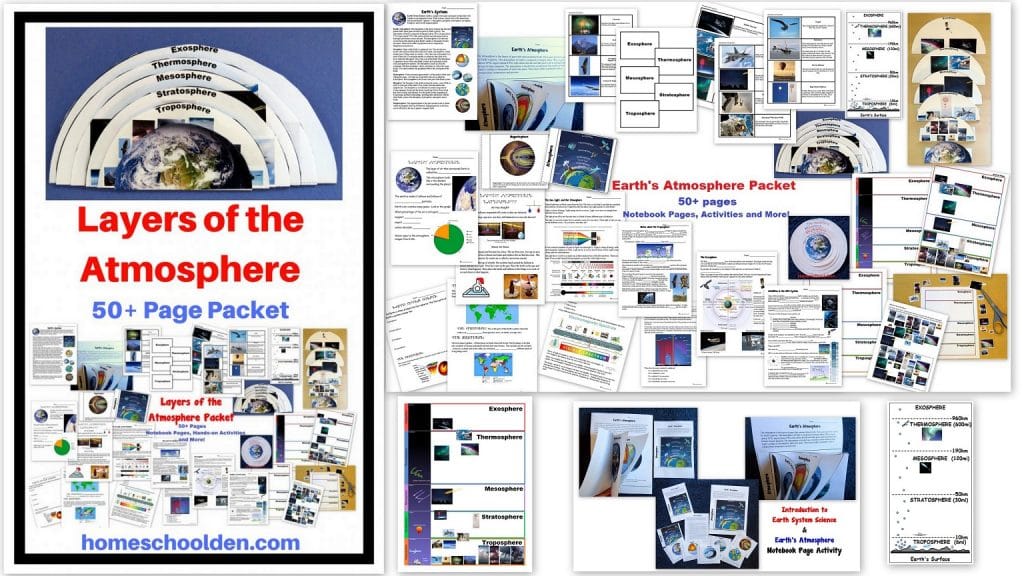 Or you can see all of our Earth Science materials here: Earth Science Page
Or you can see all of our Earth Science materials here: Earth Science Page
If your kids are a bit younger, they might enjoy the free living-nonliving activities
as well as this Animal Unit
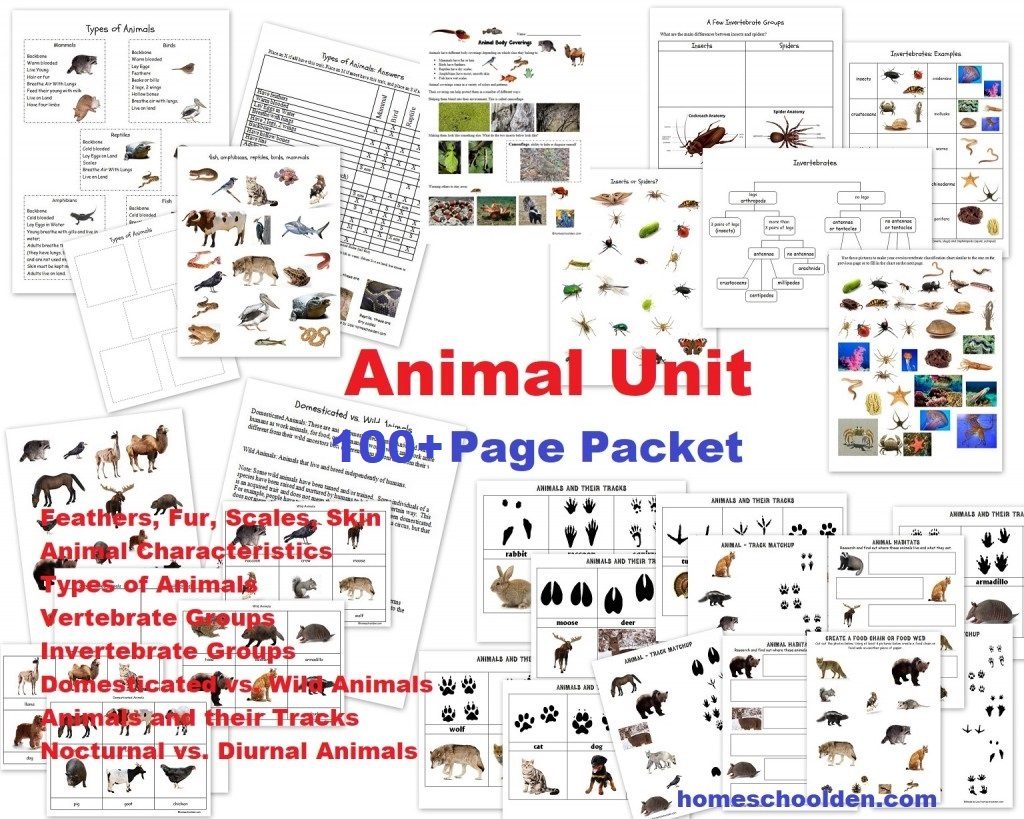 My kids loved learning about animals… and we spent a lot of time learning about animal classification, vertebrates-invertebrates and more when they were younger!
My kids loved learning about animals… and we spent a lot of time learning about animal classification, vertebrates-invertebrates and more when they were younger!
or this fun Simple Machines Unit
Plus, we have lots of other units from the Human Body to Chemistry (States of Matter, Properties of Matter, Middle School Chemistry Unit on the Periodic Table),
to biology, botany, oceans, taxonomy and more!
We first did the cell unit when my older two were 9 and 11. They learned all the organelles of the cell and things like that (be sure to watch the video of my 9 year old spouting them off. It’s cute!). Then we returned to it several years later when my son was in 9th grade. I once again updated the packet, so like many of materials, our Cell Unit is suitable for a wide range of ages!
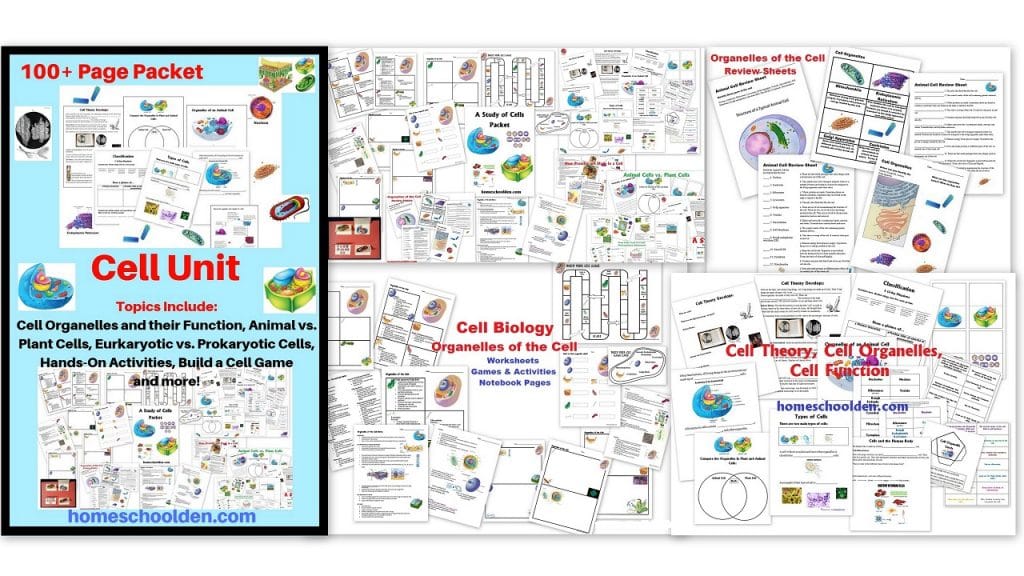 Spring Printables: Finally, Don’t Miss These Spring Printables! including the free Spring Skip Counting Mazes printables, our free Egg-Speriment Packet and more!!
Spring Printables: Finally, Don’t Miss These Spring Printables! including the free Spring Skip Counting Mazes printables, our free Egg-Speriment Packet and more!!
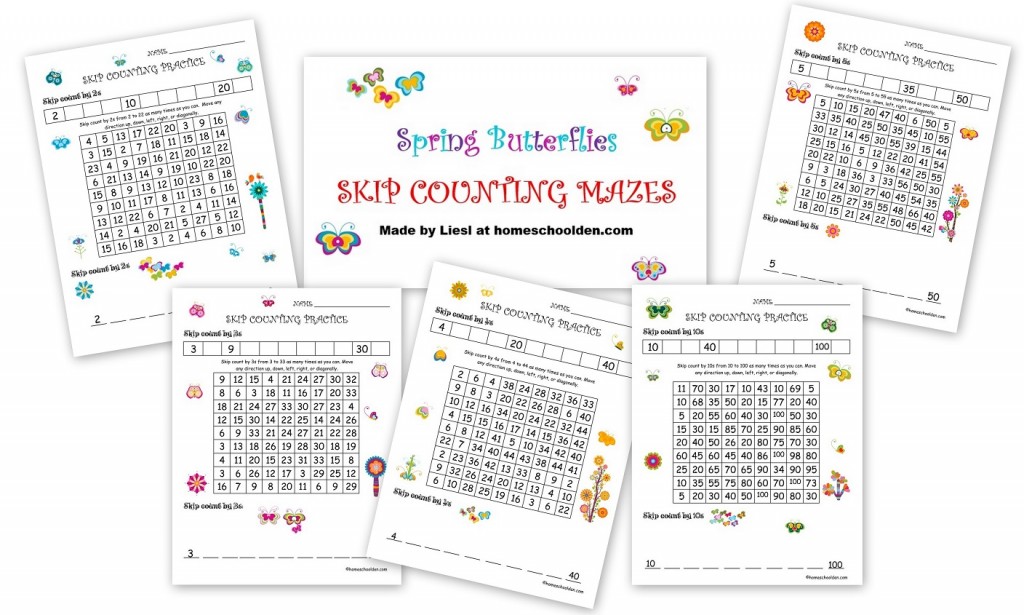
Learn about the Parts of the Seed/Parts of a Flower with our Botany Packet:
Life Cycles: This 50+ page Life Cycles Packet helps kids become familiar with the different stages in the life cycles of the chicken, sea turtle, frog, mosquito, butterfly, dragonfly, bee, mouse, and ladybug.
History, Geography & Government
We also have a lot of history and geography materials! You can check out our Store or the History Page for more! We have units on…
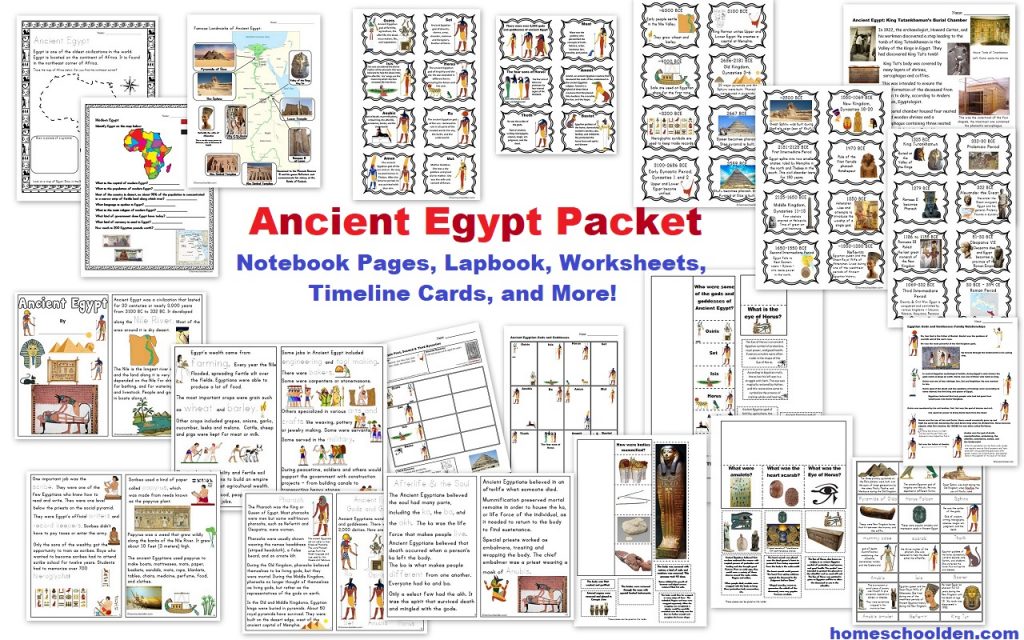 Ancient Greek Gods and Goddesses
Ancient Greek Gods and Goddesses
- Civics & Government
- Types of Governments & World Leaders (currently free)
- The Oregon Trail
- Slavery and the Civil War
- World War I
US States and Capitals and many others!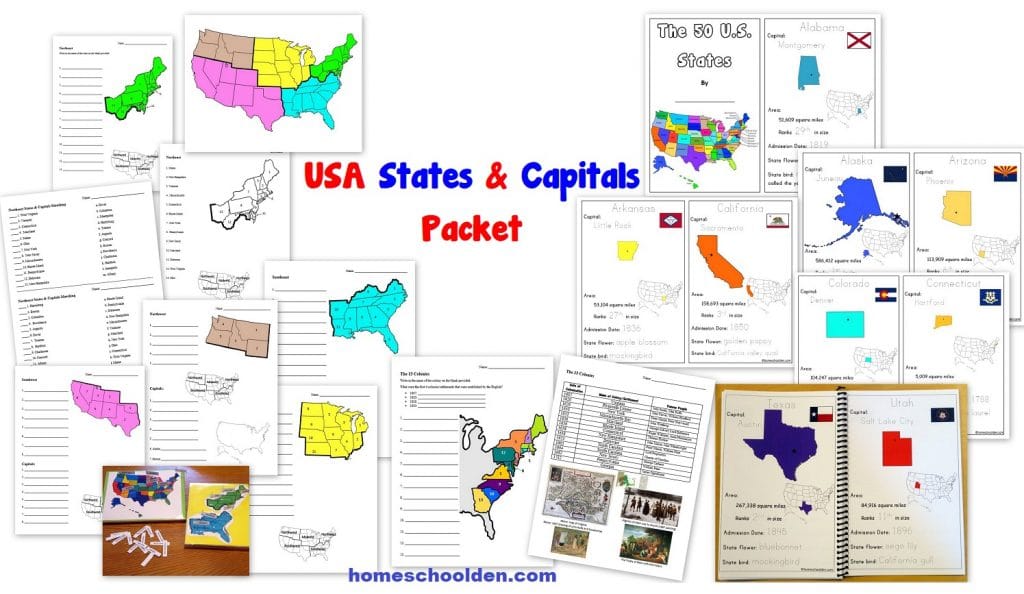
See you again soon here or over at our Homeschool Den Facebook Page! Don’t forget to Subscribe to our Homeschool Den Newsletter. You might also want to check out some of our resources pages above (such as our Science, Language Arts, or History Units Resource Pages) which have links to dozens of posts. You might want to join our free Homeschool Den Chat Facebook group. Don’t forget to check out Our Store as well. ![]()
 Happy Homeschooling, everyone!! ~Liesl
Happy Homeschooling, everyone!! ~Liesl
P.S. These are the FREE Homeschool Resource Guides I mentioned above. These are more for homeschoolers who are trying to decide what to teach their kids and at what age/grade. Feel free to look through them if you’re not homeschoolers, but if you are doing school at home because of the Coronavirus, these might not be as relavant to you.
Creating Your Own Homeschool Curriculum: These are some resources I made that might be helpful as you create your own homeschool plans. These are somewhere between 30 and 50 pages and are FREE to download :
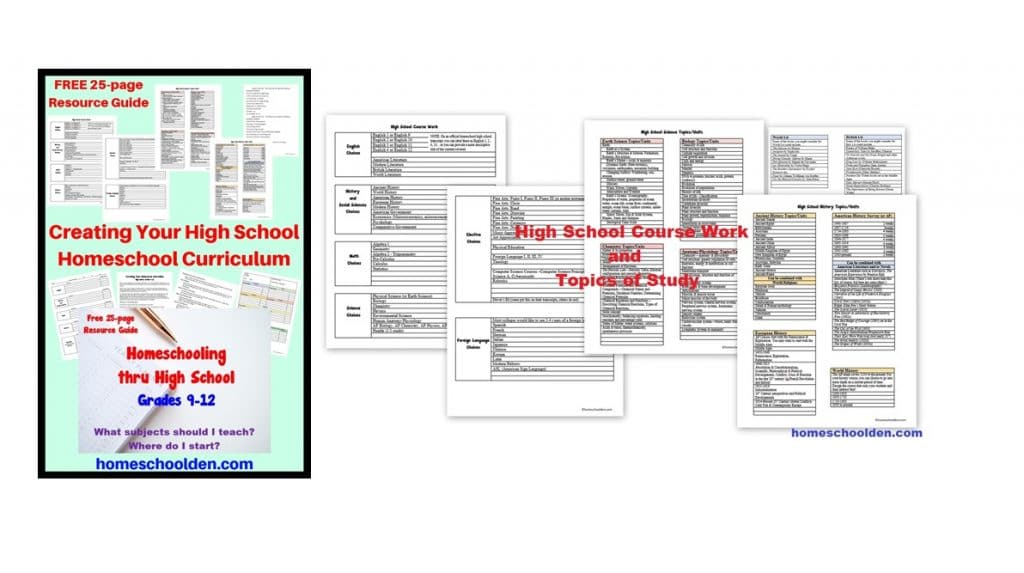 Plus, here is another popular free resource:
Plus, here is another popular free resource:
If you are wondering in general what science topics/units to cover, this is a free checklist of the units we hoped to cover K-8 Homeschool Science Unit Checklist for Elementary and Middle School (free printable)
You might want to check out this post: What science topics should/could I teach my 5-7 year old?
 You’ll find these packets in Our Store:
You’ll find these packets in Our Store:

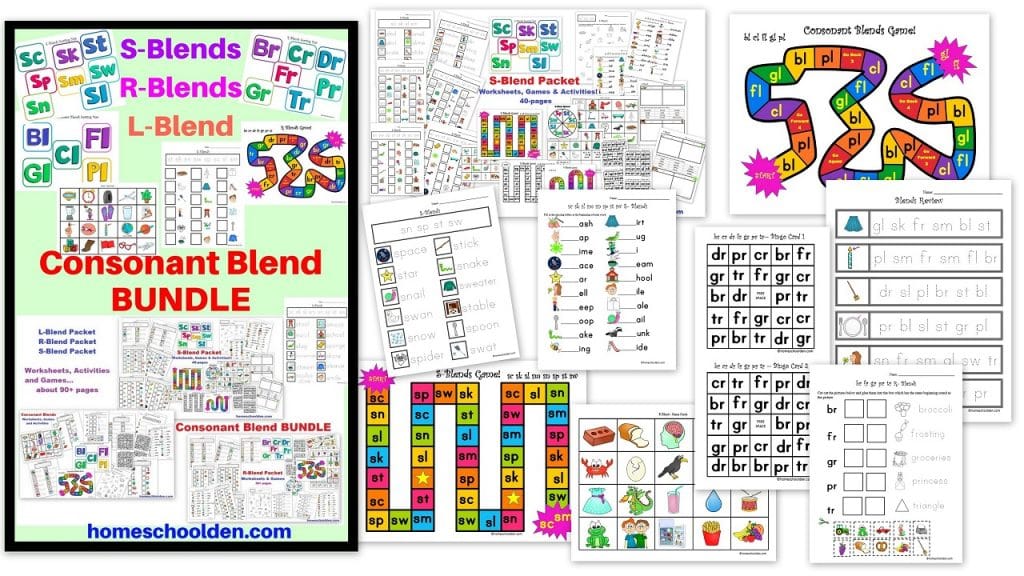
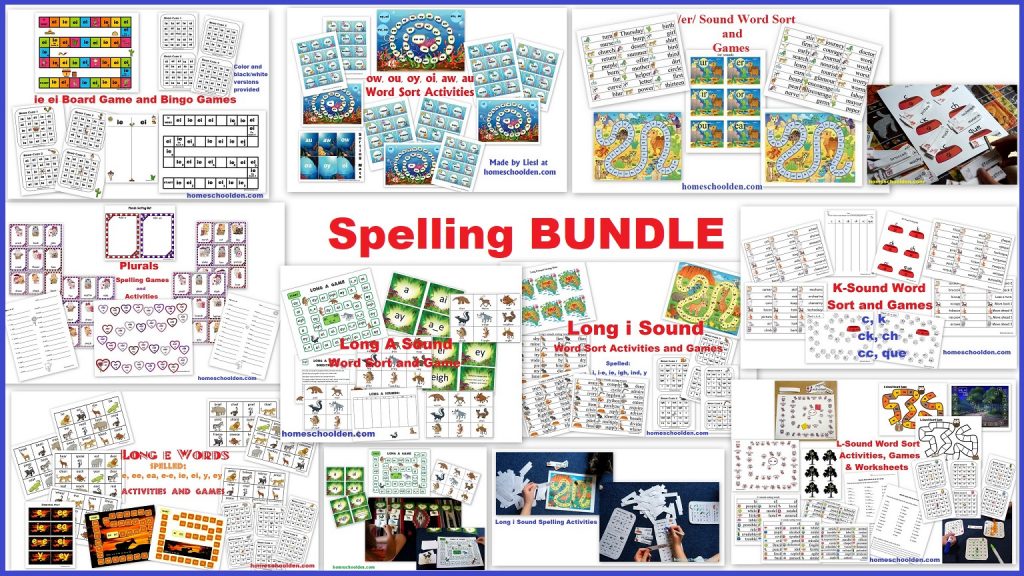
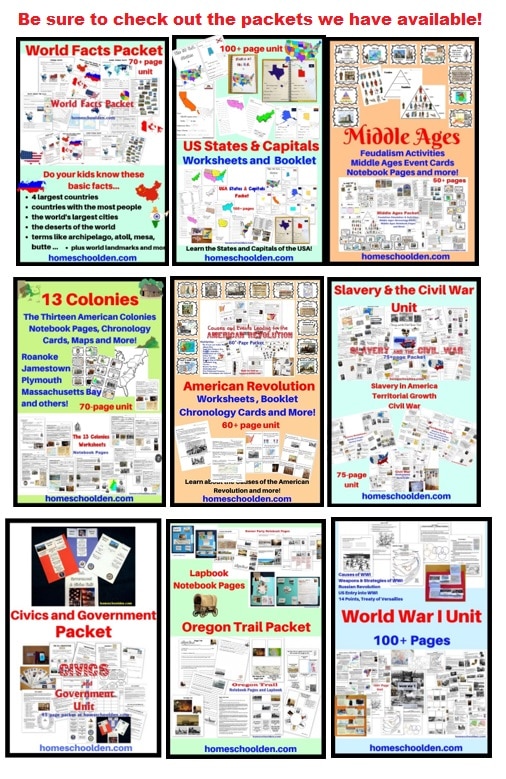 If you have questions, just drop me an email! ~Liesl
If you have questions, just drop me an email! ~Liesl
See you again soon here or over at our Homeschool Den Facebook Page! Don’t forget to Subscribe to our Homeschool Den Newsletter. You might also want to check out some of our resources pages above (such as our Science, Language Arts, or History Units Resource Pages) which have links to dozens of posts. You might want to join our free Homeschool Den Chat Facebook group. Don’t forget to check out Our Store as well. ![]() ~Liesl
~Liesl

Again, if you are interested in joining our Homeschool Den Newsletter, feel free to subscribe here. It’s a great way to hear about our latest packets and to learn about many of the hundreds of printables & other materials we have tucked away on the blog!
Happy Homeschooling!
~Liesl

